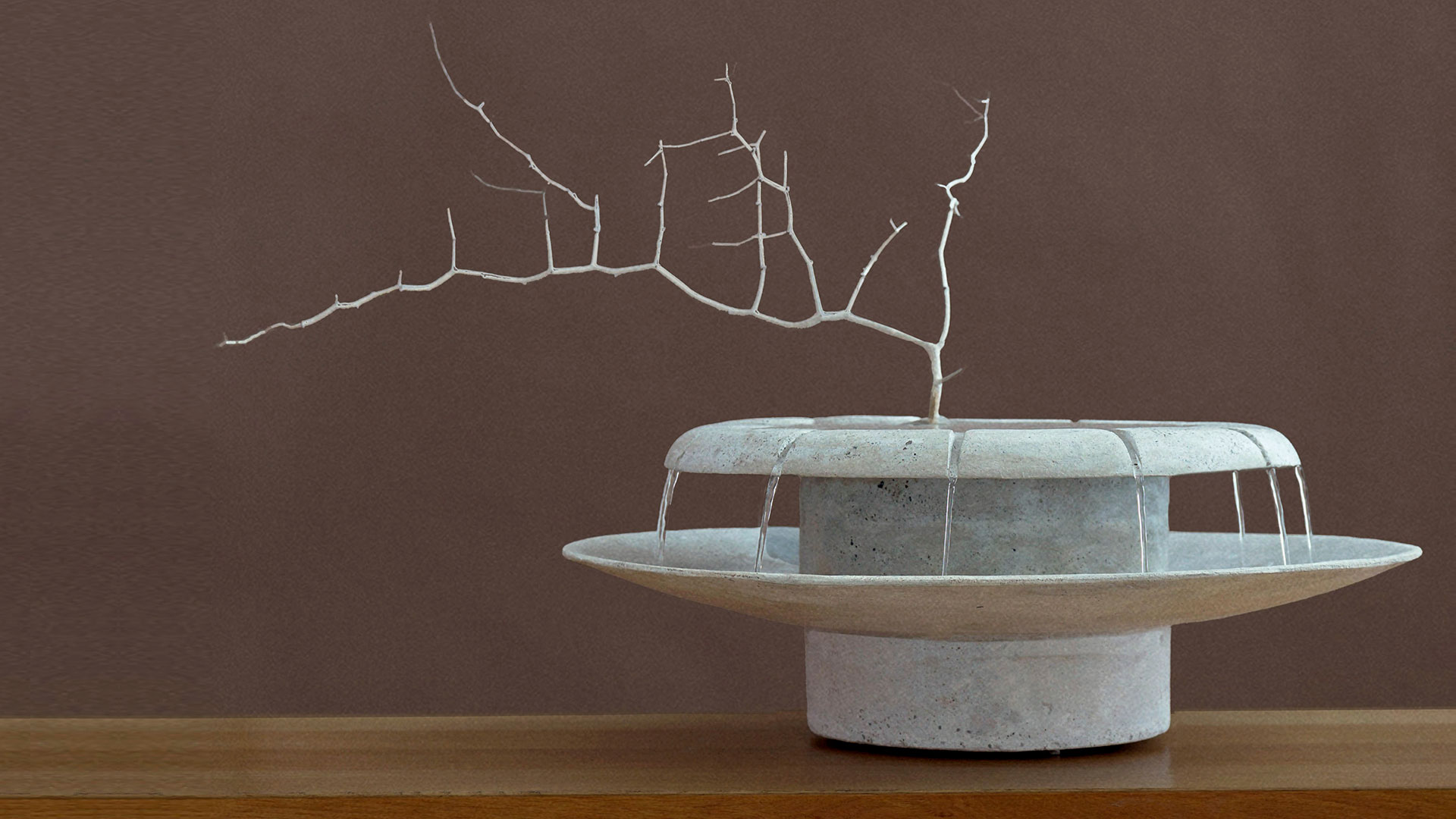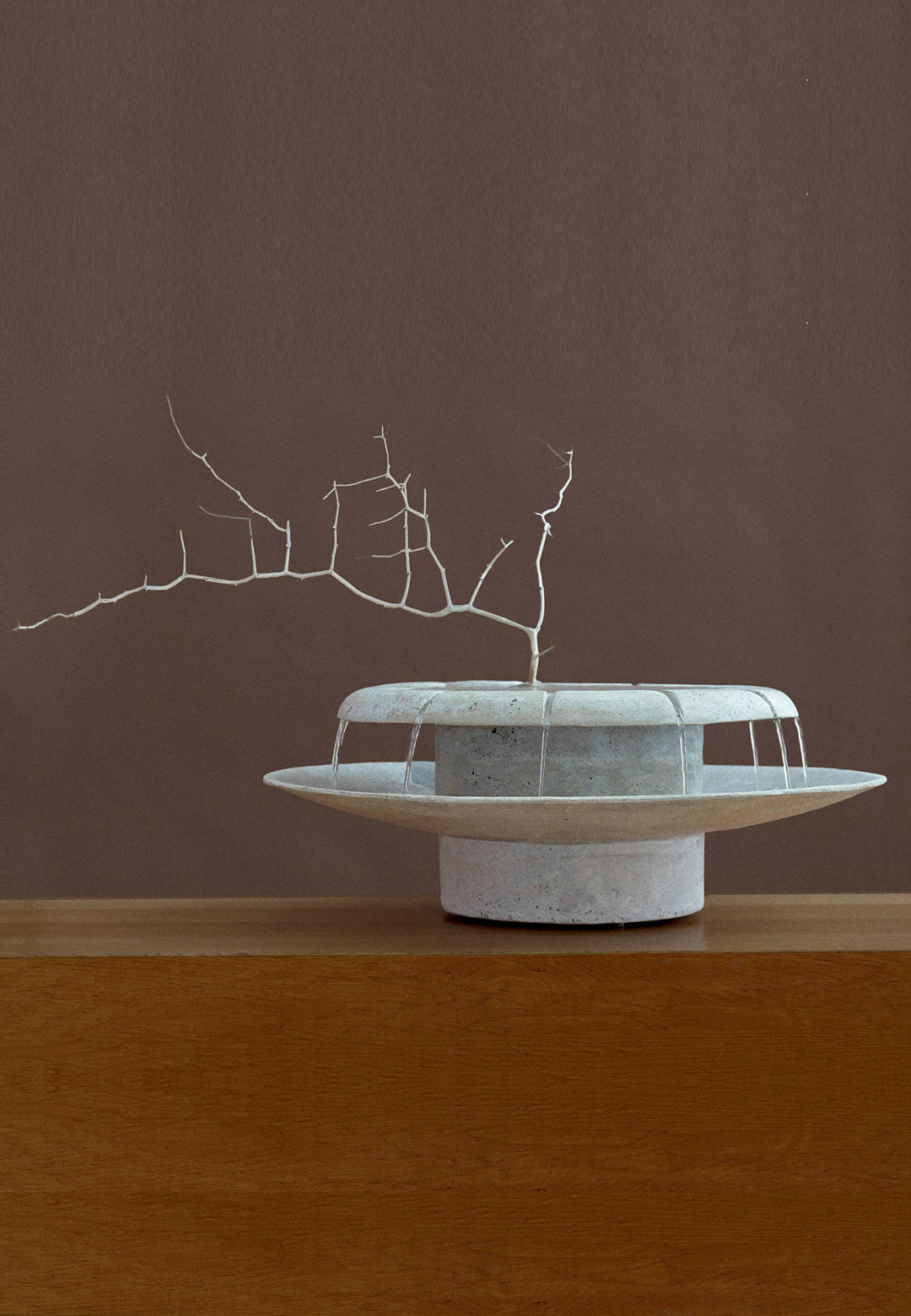For the longest part of history, fountains were considered a symbol of grandeur and a decorative water reservoir. From the Roman fountains with bronze or stone masks of animals or heroes to the French kings’ use of fountains to depict power over nature, fountains have never just been an aesthetic addition. Across the globe and in different cultures, fountains mean different things. However, as the world underwent post-industrialisation and technical advancement, everything took on a global perspective, especially the creative and cultural disciplines— design, art, and architecture. These effects of globalisation not only brought about a holistic change in many things but also rewrote the significance and symbolism of many smaller features too. The fountains were one among the physical objects that changed characteristics to fit the modern world, what once used to be a powerful symbol then became a design addition to elevate spaces. While ancient history and cultural contexts make a comeback in the 21st century, many fountain designs also seem to borrow from olden principles and purposes.
At ceramic artist and product designer Lily Clark’s practice, we found a tranquil manifestation of the Zen fountains of Japanese rock gardens, with a hint of contemporary minimalism. Her series of fountain designs ranging from site-specific creations to table-top elements is a unique exploration of materials, textures and the movement of water amid the geometry thus created. “I began working with water about six years ago. At the time, I considered myself to be a ceramicist and I turned to clay to quickly iterate, find proportionality, and develop a body of work. Last year, though, I found my interest in geology and ceramic merging as I learned more about the process of erosion and clay deposition. Lately, I’ve been starting to transition away from purely ceramic work in favour of stone. Each water feature takes cues from my research in geology, infrastructure, architecture, and fluid dynamics. As part of my practice, I travel to landscapes that combine these interests: places where pipes and dams designed to import and store water overlay the terrain,” talks Clark about the evolution of her design journey.
Her latest creation is a tabletop fountain named ‘Loop.’Drawing inspiration from streamlined modern and art deco concrete water infrastructure built across the US during the New Deal era, Clark creates a stone finish fountain that streamlines the roughness of stone into graceful curves. The Loop Fountain was created while she was living and working in the June Lake Loop the past year. Adding to its intriguing circular form, the design also adorns a built-in opening for an arrangement of grasses, delicate branches, or florals, thereby transforming the fountain into a multi-purpose decorative element. Narrating her thought process behind the design process of Loop Fountain, Clark mentions, “Growing up in Los Angeles, I was surrounded by this infrastructure, completely unaware of the distance the water travels before it reaches the faucet. These days, while living in the Eastern Sierra at the start of the Los Angeles Aqueduct, I am particularly conscious of this interconnection between the two landscapes while shovelling snow each day.”
Apart from the different creations at her studio, Clark has also presented her work in various exhibitions and platforms. She presented at Stroll Garden which was a part of Design Miami / 2022 Curio, where she used stones sourced from the Gulf of Baja in La Paz, which Clark spent months fine-tuning to achieve her desired water flow and sound. Clark’s fountains were also exhibited alongside Analuisa Corrigan’s works for a two-artist exhibition, House & Garden, in Los Angeles, California. She adds, “Communicating a sense of tranquillity through sensory awareness is my main goal with my water features. Part of my design philosophy is to work with local materials to create site-specific pieces that respond to the natural light and landscape. Depending on the project, I will try to use local materials or draw inspiration from the surrounding architecture and history of the place.”
“Last summer, I had the opportunity to live and work in rural Japan where my practice really evolved as a response to the landscape. While living there, I was deeply inspired by the blue-green schist stone, the large dams and weirs dotted throughout the town, and the use of natural building materials.” During her residency in Japan, she created three fountains—Sanbaseki Fountain I, Hanging Water and Straw Rain Chain— which were displayed at Kanna Exhibition in Shiro Oni Residency. Hanging Water was made of sanbeseki stone, carved to fit two wooden riser blocks and a shallow bowl of water. The local sanbaseki stone was a unique feature that Clark introduced in all three of the designs.
“I’m interested in expanding beyond fountains to include all water-related elements in the home. Currently, I’m working on a sink and rain chain design that incorporates my knowledge of fluid dynamics in a new context. I also hope to return to Gunma, Japan and work with a stone dealer I met to create a series of pieces using the blue-green schist in the area,” Clark concludes.






 Sign in with email
Sign in with email










What do you think?